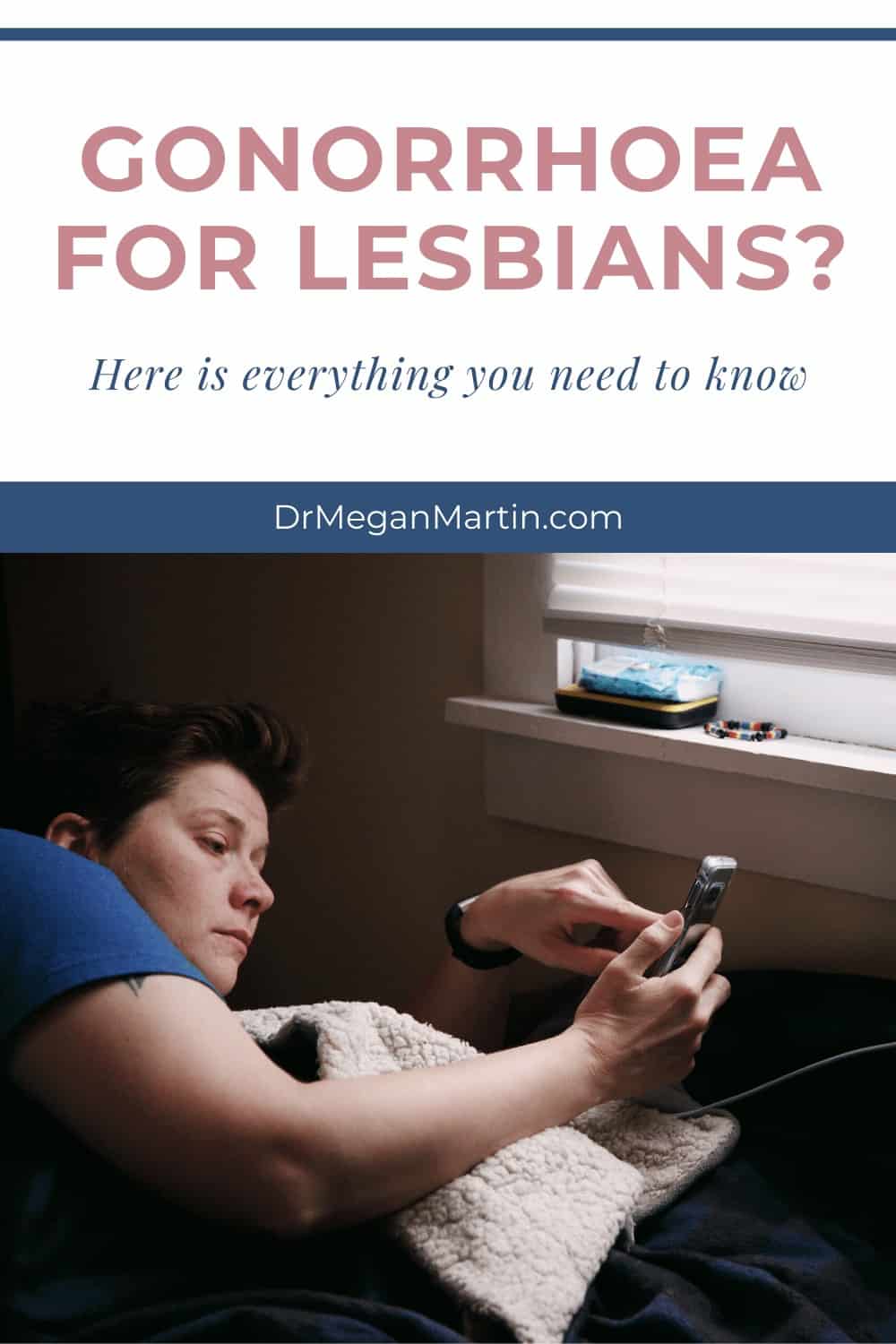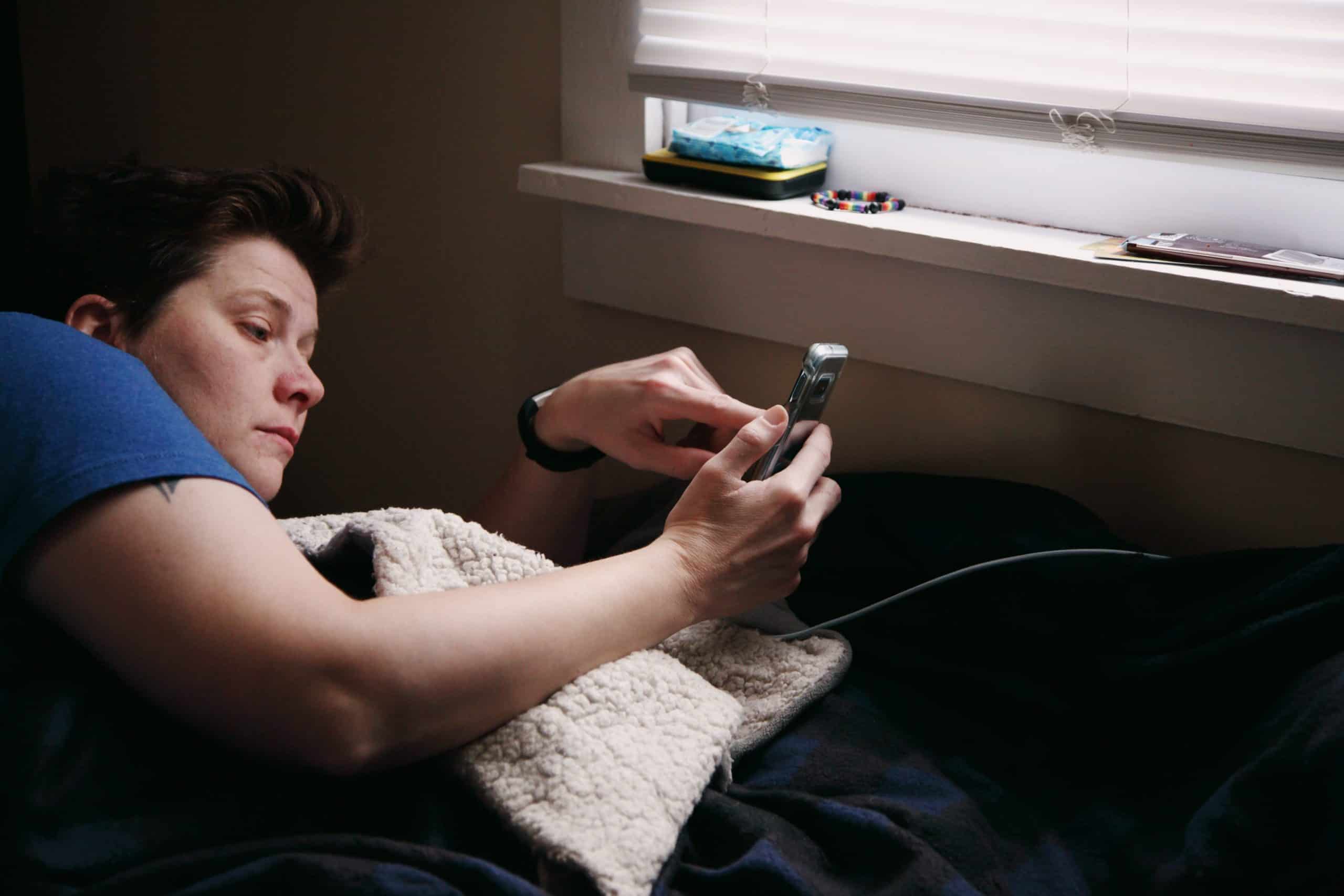Have you been diagnosed with Gonorrhoea? Or maybe you’re wondering whether it is something you should be worried about now or in the future? Either way, you’re in the right place. Here is everything you need to know about Gonorrhoea.
Yes, lesbians, bisexuals and women who have sex with women can get gonorrhoea.
This infection is caused by bacteria called Neisseria Gonorrhoea. It can spread from person to person through contact with vaginal fluids and semen, as well as the mouth and anus of an infected sexual partner. It can also be passed from mother to baby during pregnancy and childbirth.
This sexually transmitted bacteria likes to occur with its close friend, Chlamydia. The two are often indistinguishable from each other without proper testing.
Gonorrhoea is one of the most common STIs and fortunately it is completely curable with antibiotics. For now. More on that later!
How will I know if I have it?
Like Chlamydia, most women are completely asymptomatic. This means you show absolutely no symptoms that you have an infection and you’ll never know if you have it or not. If you do develop symptoms, you can get a foul smelling vaginal our urethral discharge, a burning sensation during urination or even abnormal menstrual bleeding, like bleeding between periods.
If you have a rectal infection, you may experience anal itching, discharge or bleeding and have painful bowel movements.
The bad news about Gonorrhoea
The problem with Gonorrhoea is that if it is left untreated, you can develop severe complications. Complications like pelvic inflammatory disease (PID), which is when the infection spreads up the vagina, to the uterus and fallopian tubes. The infection can progress even further to form abscesses in the pelvis, which in themselves can be life threatening. A common problem is the formation of scar tissue in and around the fallopian tubes when there has been significant inflammation in that area. This scar tissue can block the fallopian tubes leading to infertility and ectopic pregnancies, and even chronic pelvic pain.
Gonorrhoea can also increase your chances of getting HIV. The inflammation in the area increases blood flow and makes it easier for HIV to latch on to your cells.
When should I get tested for Gonorrhoea?
Short answer: Any time you aren’t 100% sure you don’t have it.
Long answer: Every time you have a new sexual partner or have multiple sexual partners. Any time you start to have symptoms of an STI. Or if one of your partners has tested positive for Gonorrhoea.
My usual recommendation is to get tested annually, or after each new sexual partner. If you have multiple sexual partners in a short period of time, it is better to test every 3 to 6 months. If you are in a long term committed monogamous relationship, and have both been tested at the start of the relationship, then there is no need to test again unless a new sexual partner is introduced.
How do I test for Gonorrhoea?
In order to test for Gonorrhoea, we need to swab different areas depending on your sexual practices. We usually do swabs of the vagina and cervix, anus and throat. The swab is then sent for a test called NAAT or culture.
What is the treatment for gonorrhoea?
Fortunately Gonorrhoea is curable with antibiotics. Due to the growing concern about antibiotic resistance and “super gonorrhoea” (more on that below), we treat Gonorrhoea and Chlamydia with the same treatment using two different types of antibiotics. These antibiotics are called ceftriaxone (which is an injection that goes into your butt muscle) and a same day oral dose of azithromycin.
Have you heard of Super Gonorrhoea?
Super Gonorrhoea is a slang term for Gonorrhoea that is resistant to the usual antibiotics we use to treat it. It has become a serious problem all over the world, where we cannot treat the Gonorrhoea because of all the antibiotic resistance.
This antibiotic resistance has come about due the inappropriate use of antibiotics. In the past (and even now), antibiotics were often poorly selected, overused, and not taken correctly. This is why it is so important to take your medication as prescribed.
What about my sex partners?
If you have been diagnosed with Gonorrhoea, then all of your current sex partners must be treated as well. This stands for whether you have had oral, vaginal or anal sex. The CDC recommends that you contact all the partners you have had from 60 days before your diagnosis. It is your duty to inform them and ask them to go get tested.
It’s important that your partners are treated even if they have no symptoms. You can still spread the infection from person to person even if you don’t have any symptoms.
Remember to abstain from any sexual activity, whether that be oral, vaginal or anal sex, for 1 week after both partners have received treatment. You need to make sure that the infection is completely gone (and left the sexual relationship). You don’t want to get reinfected and go through this process again!
How do I protect myself from Gonorrhoea?
In order to prevent getting Gonorrhoea, you need to prevent coming into contact with sexual fluids.
For vaginal sex: wear a condom or use condoms on any sex toys – make sure not to share them. Make sure you wash your hands before and after any manual stimulation, or wear gloves.
For oral sex: use dental dams or a modified version of it.
For anal sex: wear a condom or use condoms on any sex toys, gloves on hands and dental dams for rimming.
For vulva-to-vulva contact: It is incredibly difficult to create a barrier here, unless you keep your clothes on and dry hump. Probably best to avoid.
If you are in a committed monogamous relationship where both of you have tested negative for gonorrhoea (and other STIs), you don’t need to worry about using any barrier methods as much. The exception here is bacterial vaginosis and yeast infections, which women can give to each other through the mixing of sexual fluids.
Want to know more about how to protect yourself?
If you want to know more about how to protect yourself from sexually transmitted infections, like Gonorrhoea, I have created a FREE mini eBook that is all about how to have safer sex and prevent getting STIs. It is called The Ultimate Guide to Safe Sex for Women Who Love Women.
This guide is created especially for women who love and have sex with women. You’ll definitely learn a thing or two! You can download it HERE.
And that’s it!
If you are worried that you may have Gonorrhoea, or any other sexually transmitted infection, make sure you see your local doctor or healthcare provider and get the necessary testing and treatment.






0 Comments